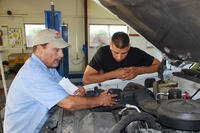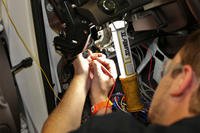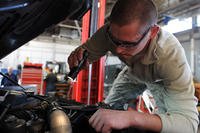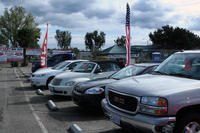Are you extremely reasonable and don't like spending a lot of money? Is your main concern while driving related to being very comfortable and having a lot of space? Below, we're looking at a reliability champ you may have overlooked: the Toyota Avalon. Specifically, the 2005 to 2012 model, though you're probably going to want a 2012. More on that soon.
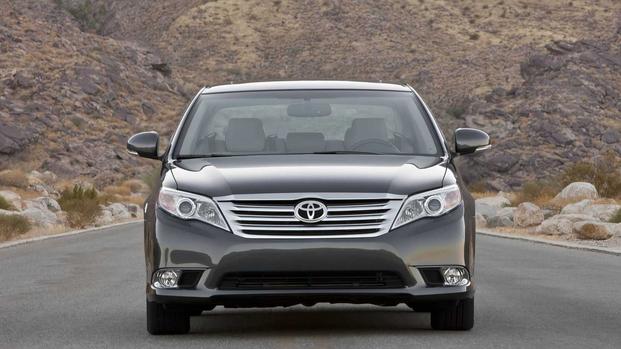
Toyota
Throughout automotive history, rare cars come along that lovingly combine ride comfort and space atop the promise of a dependable and fuss-free ownership experience. The Avalon was one of those. We're specifically focusing on the third generation of the now-discontinued Toyota large sedan. Two more iterations would follow, leading to the Avalon's departure from Toyota's lineup after 2022.
Finally, the Avalon had lost its long-fought battle with the SUV, was survived by its little brother, the Camry, and left behind a trophy rack brimming with recognition for safety, dependability, and resale values. May the Avalon be remembered not with sadness, but with fondness for its roomy cabin, comfortable ride, and highly proven V6 engine.
The Life And Times Of The Toyota Avalon
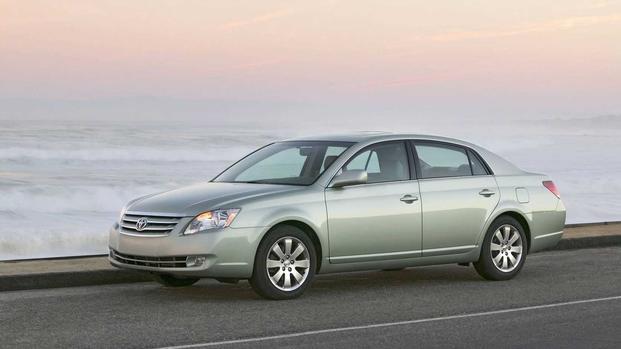
Toyota
The Avalon launched with a V6 engine, four-speed automatic with column-mounted shift, and front-wheel drive in 1995. The second-generation car arrived for the 2000 model year, and then the third-generation machine, the focus of this feature, replaced it for 2005. This particular Avalon generation got a facelift in 2008 that added a new six-speed automatic, among other upgrades.
In 2013, the fourth-generation Avalon arrived. The fifth and final generation came online for the 2019 model year, now delivering the nameplate's most responsive driving experience and aggressive styling.
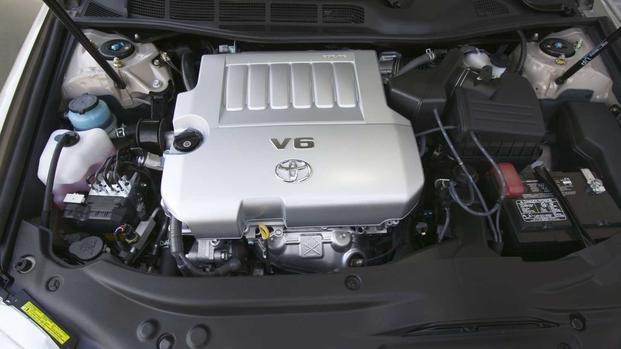
Toyota
The first two generations used a 3.0-liter V6, but the third-generation machine marked the switch to a 3.5-liter V6 engine. A few years later, in 2008, there was a transition from a five- to a six-speed automatic. This powertrain combination propelled a generous portion of the automaker's sedan and crossover products to follow. The 3.5-liter, 24-valve V6 generated 268 horsepower, a generous figure for the time and application. Look to do the 0-60 sprint in sub-7.0-second territory.
Specifically, all models run the 2GR-FE V6 engine, which debuted in the 2005 Avalon. At launch, it delivered more horsepower than some V8 engines of the day. This robust and durable powerplant had some initial teething problems with oil lines, but ultimately went down in history as one of the most reliable V6 engines ever made. It's a flexible performer that can power a wide range of vehicles efficiently.
From the initial copies of this V6 engine in the 2005 Avalon and onwards, Toyota used this prolific V6 engine family for the next 20 years of products. The core design made the mill ideal for transverse mounting. The powerplant came in numerous front-drive and AWD-equipped applications, including cars, SUVs, and minivans, including the Venza, Camry, Sienna,and RAV4.
From Lexus, you'd also find a variation of the 2GR-FE engine in the IS and GS of the day, each available with rear or all-wheel drive.
The third-generation Avalon included features like premium Optitron illuminated gauges (familiar to some Lexus drivers of the era), as well as ventilated seating, a CD-changer audio system, optional JBL stereo, rain-sensing wipers, navigation, and even steering wheel-mounted climate controls. The 2008 model year update introduced the six-speed automatic to the mix, along with an updated front end featuring a new bumper, grille, and headlight combination. Bluetooth becomes optional.
Key competitors included the Chrysler 300, which launched the same year as the third-generation Avalon and offered multiple engine choices, including a Hemi V8. The Ford Taurus, Nissan Maxima, Hyundai Azera, and Buick LaCrosse are all worth a look, as key competitors from the era if you're not dead-set on an Avalon.
Why a 2011 or 2012 Toyota Avalon Is Best
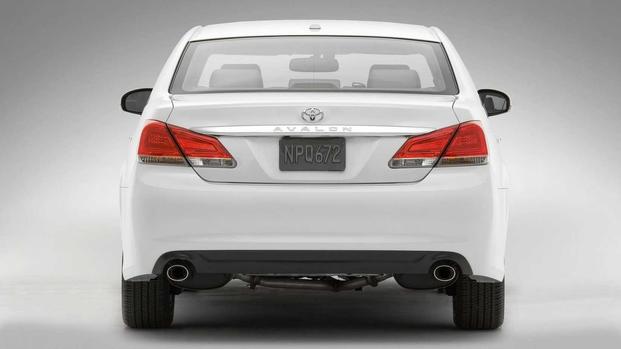
Toyota
By 2010, the third-generation Avalon was winding down. The 2008 model year update to the Avalon's styling and transmission left the sedan in good shape to weather the next few years with minimal changes. Meanwhile, Toyota was preparing the fourth-gen model internally. In 2011, the automaker made feature content and packaging changes that added more value by making more previously optional equipment standard. Other tweaks included small styling changes, the latest DVD navigation system, and a rearview mirror with built-in backup camera display.
Read the full article on CarBuzz
This article originally appeared on CarBuzz and is republished here with permission.






